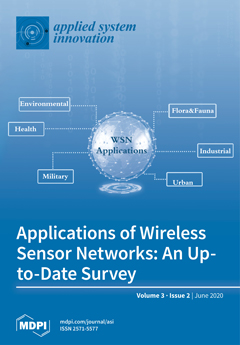The objective of this work is the financial optimization of a solar-driven organic Rankine cycle. Parabolic trough solar collectors are used as the most mature solar concentrating system and also there is a sensible storage system. The unit is examined for the location of Athens in Greece for operation during the year. The analysis is conducted with a developed dynamic model in the program language FORTRAN. Moreover, a developed thermodynamic model in Engineering Equation Solver has been used in order to determine the nominal efficiency of the cycle. The system is optimized with various financial criteria, as well as with energy criteria. The optimization variables are the collecting area and the storage tank volume, while the nominal power production is selected at 10 kW. According to the final results, the minimum payback period is 8.37 years and it is found for a 160 m
2 collecting area and a 14 m
3 storage tank, while for the same design point the levelized cost of electricity is minimized at 0.0969 € kWh
−1. The maximum net present value is 123 k€ and it is found for a 220-m
2 collecting area and a 14-m
3 storage tank volume. Moreover, the maximum system energy efficiency is found at 15.38%, and, in this case, the collecting area is 140 m
2 and the storage tank volume 12 m
3. Lastly, a multi-objective optimization proved that the overall optimum case is for a 160-m
2 collecting area and a 14-m
3 storage tank.
Full article





